

Articles
How To Store Wool Blankets
Modified: April 22, 2024
Learn the best methods and tips for storing wool blankets and keeping them fresh for years. Read our informative articles on how to properly store your wool blankets.
(Many of the links in this article redirect to a specific reviewed product. Your purchase of these products through affiliate links helps to generate commission for Storables.com, at no extra cost. Learn more)
Introduction
Welcome to our comprehensive guide on how to store wool blankets. Wool blankets are not only cozy and warm, but they also add a touch of elegance to any home. However, to keep them in pristine condition and ensure their longevity, proper storage is essential. In this article, we will provide you with valuable tips and techniques to clean, fold, and store your wool blankets effectively.
Wool blankets are susceptible to damage from moths, mildew, and prolonged exposure to sunlight. By following the guidelines shared here, you can protect your wool blankets from these potential threats and keep them looking and feeling their best for years to come.
So, whether you have a collection of heirloom wool blankets or just a few favorites you use during colder seasons, read on to discover how to properly care for and store them.
Key Takeaways:
- Proper storage is crucial for maintaining the quality and longevity of wool blankets. Clean them before storage, use acid-free tissue paper, and choose a suitable storage container to protect against pests and moisture.
- Avoid common mistakes such as storing dirty blankets, using plastic bags, and neglecting pest prevention. Follow best practices for long-term storage, including keeping blankets away from direct sunlight and regularly rotating them.
Read more: How To Store A Wool Blanket
Tips for Cleaning Wool Blankets
Before storing your wool blankets, it is important to ensure that they are clean. Here are some tips on how to properly clean your wool blankets:
- Read the Care Instructions: Always check the care instructions provided by the manufacturer. Different types of wool may require different cleaning methods. Follow the recommended guidelines to prevent any damage to your blankets.
- Spot Cleaning: If you have minor stains or spills on your wool blankets, it is best to spot clean them. Use a mild detergent or wool-specific cleaner and gently dab the affected area with a clean cloth or sponge. Avoid rubbing vigorously, as this can cause the stain to spread or damage the wool fibers.
- Hand Washing: For more extensive cleaning, hand washing is often the safest option. Fill a bathtub or large basin with lukewarm water and add a gentle wool detergent. Submerge the blanket and gently agitate it to loosen dirt and debris. Avoid wringing or twisting the blanket, as this can stretch or damage the fibers.
- Rinsing and Drying: After washing, rinse the blanket thoroughly to remove any soap residue. Gently press out excess water, but do not wring or twist the blanket. Lay it flat on a clean towel or on a drying rack, away from direct sunlight or heat sources. Allow it to air dry completely before storing.
- Dry Cleaning: If you are unsure about washing your wool blanket at home or if it has intricate embellishments or delicate fibers, it is best to take it to a professional dry cleaner experienced in handling wool items. They will have the necessary expertise and equipment to clean your blanket safely.
Remember to always handle your wool blankets with care during the cleaning process to avoid any unnecessary damage. If you are unsure about the best cleaning method for your specific blanket, consult a professional or contact the manufacturer for guidance.
Proper Folding and Storage Techniques for Wool Blankets
Once your wool blankets are clean and dry, it is time to fold and store them correctly to ensure their preservation. Follow these techniques to maintain the quality and appearance of your wool blankets:
- Fold with Care: Avoid creasing or placing excessive pressure on your wool blankets while folding them. Lay the blanket flat on a clean surface, smoothing out any wrinkles or folds gently with your hands or a soft cloth.
- Avoid Hanger Storage: Hanging your wool blankets can cause stretching and distortion of the fibers over time. Instead, it is best to fold them neatly to maintain their original shape and structure.
- Use Acid-Free Tissue Paper: To prevent any discoloration or damage, place acid-free tissue paper between the folds of your wool blanket. The tissue paper acts as a barrier and helps to maintain the natural pH balance of the fabric.
- Choose a Storage Container: Opt for a storage container that is clean, dry, and provides protection against pests and moisture. A plastic storage bin with a tight-fitting lid is an excellent choice. Make sure the container is large enough to accommodate the folded blanket without excessive compression.
- Avoid Vacuum-Sealed Bags: While vacuum-sealed bags may seem like a space-saving option, they can compress the wool fibers and affect the natural loft and insulation of the blanket. It is best to allow wool blankets to breathe and maintain their natural shape.
By following these folding and storage techniques, you can keep your wool blankets free from wrinkles, pests, and humidity, ensuring that they stay in optimal condition until their next use.
Choosing the Right Storage Container for Wool Blankets
When it comes to storing your wool blankets, selecting the right storage container is crucial for their long-term preservation. Here are some factors to consider when choosing a storage container:
- Size and Shape: Ensure that the storage container is spacious enough to comfortably accommodate your folded wool blankets without excessive compression. It should have enough room for air circulation to prevent the growth of mold or mildew.
- Material: Opt for a storage container made of a durable and non-porous material, such as plastic. This will provide protection against moisture, pests, and dust. Avoid cardboard or fabric containers, as they may attract insects or absorb moisture that can damage your blankets.
- Lid with a Tight Seal: Look for a storage container with a secure, tight-fitting lid. This will prevent dust, pests, and moisture from entering and damaging your wool blankets. A sealable lid also helps to maintain a stable environment inside the container.
- Pest Prevention: To further protect your wool blankets, consider using pest deterrents such as cedar chips, lavender sachets, or mothballs. These natural or chemical-based options can help repel moths and other pests that may be attracted to natural fibers.
- Accessibility: Choose a storage container that allows easy access to your wool blankets whenever you need them. This can be especially important if you rotate your blankets throughout the seasons or have special occasions where you want to bring them out.
Remember to label your storage container with the contents, so you can easily locate your wool blankets when needed. Additionally, store the container in a cool, dry, and well-ventilated area away from direct sunlight or extreme temperature fluctuations.
Store wool blankets in a cool, dry place away from direct sunlight to prevent fading and moisture damage. Avoid storing in plastic bags, as wool needs to breathe. Instead, use a cotton storage bag or wrap in a cotton sheet.
Avoiding Common Mistakes in Wool Blanket Storage
When it comes to storing wool blankets, there are some common mistakes that many people make. By being aware of these mistakes and taking the necessary precautions, you can avoid potential damage to your beloved wool blankets. Here are some mistakes to avoid:
- Storing Dirty Blankets: It’s crucial to clean your wool blankets before storing them. Dirt, stains, and spills can attract pests and lead to further damage. Ensure that your blankets are thoroughly cleaned and completely dry before placing them in storage.
- Using Plastic Bags: While it may be tempting to use plastic bags for storage, they can trap moisture and lead to mold and mildew growth. Plastic also restricts airflow, which can cause the blankets to develop a musty odor. Instead, choose breathable storage containers or natural fiber bags.
- Storing in Damp or Humid Areas: Moisture is one of the biggest enemies of wool blankets. Avoid storing them in damp or humid areas such as basements or attics, as this can promote mold and mildew growth. Opt for a cool, dry, and well-ventilated storage space instead.
- Neglecting Pest Prevention: Wool is naturally attractive to moths and other pests. Neglecting pest prevention measures can result in irreparable damage to your blankets. Use natural deterrents like cedar chips or lavender sachets to repel moths and keep pests at bay.
- Ignoring Regular Inspections: Even when stored properly, it’s essential to periodically check on your wool blankets. Inspect them for any signs of damage, pest infestations, or moisture. Catching these issues early allows for prompt action and prevents further damage.
By avoiding these common mistakes, you can ensure the long-term preservation of your wool blankets and enjoy their warmth and beauty for years to come.
Read more: How To Wash A Wool Blanket
Best Practices for Long-Term Wool Blanket Storage
If you’re planning to store your wool blankets for an extended period, it’s important to follow these best practices to keep them in optimal condition:
- Clean and Dry Before Storage: Before storing your wool blankets, make sure they are thoroughly cleaned and completely dry. Any dirt, stains, or moisture left on the blankets can lead to mold, mildew, or pest infestations during storage.
- Use Acid-Free Tissue Paper: Place acid-free tissue paper between the folds of the blankets to prevent any color transfer, wrinkling, or friction damage. This extra layer of protection will help maintain the blankets’ quality during storage.
- Avoid Direct Sunlight: Keep your wool blankets away from direct sunlight, as this can cause fading and discoloration over time. Store them in a dark or shaded area to preserve their vibrant colors.
- Regularly Rotate the Blankets: To prevent uneven wear or fading, periodically rotate the position of your stored blankets. This allows for equal exposure to light and airflow, ensuring their longevity and maintaining their overall quality.
- Inspect for Pests: Regularly check your stored wool blankets for any signs of pests, such as moths or larvae. If you notice any infestation, take immediate action to prevent further damage. Vacuum the storage area and consider using natural pest deterrents to ward off potential threats.
- Climate-Controlled Storage: If possible, store your wool blankets in a climate-controlled storage area. Extreme temperature fluctuations and high humidity levels can be detrimental to wool fibers. A stable and controlled environment will help preserve the blankets’ integrity.
- Avoid Stacking Heavy Objects: Avoid placing heavy objects on top of your stored wool blankets, as this can cause unnecessary compression and potential damage. Keep the blankets in an upright position or lay them flat to maintain their shape and loftiness.
- Regularly Air Them Out: Every few months, remove your wool blankets from storage and give them a chance to breathe. Lay them out in a well-ventilated area for a few hours to prevent musty odors and allow fresh air to circulate through the fibers.
Following these best practices will ensure that your wool blankets remain in top condition throughout their time in storage, ready to provide warmth and comfort whenever you need them.
Conclusion
Proper storage is essential to maintain the quality and longevity of your wool blankets. By following the tips and techniques outlined in this article, you can ensure that your blankets remain clean, safe, and free from damage during storage.
Remember to clean your wool blankets before storing them, using appropriate spot cleaning or hand washing techniques. Take caution while folding them, ensuring that they are not creased or pressured. Use acid-free tissue paper to prevent color transfer and choose a suitable storage container that provides protection against pests and moisture.
Avoid common mistakes such as storing dirty blankets, using plastic bags, and neglecting pest prevention. Instead, prioritize cleanliness, breathability, and regular inspections to catch any potential issues early on.
For long-term storage, adhere to the best practices mentioned in this article. Keep your blankets away from direct sunlight, regularly rotate them, and consider using a climate-controlled storage area. Avoid stacking heavy objects on top of them and allow the blankets to air out periodically.
By incorporating these practices into your wool blanket storage routine, you can ensure that your blankets remain cozy, pristine, and ready for use whenever you need them. Proper storage will prolong their lifespan, protect their quality, and allow you to enjoy the warmth and beauty of your wool blankets for years to come.
So take the time to give your wool blankets the care they deserve, and you’ll be rewarded with blankets that are always ready to wrap you in comfort and style.
Frequently Asked Questions about How To Store Wool Blankets
Was this page helpful?
At Storables.com, we guarantee accurate and reliable information. Our content, validated by Expert Board Contributors, is crafted following stringent Editorial Policies. We're committed to providing you with well-researched, expert-backed insights for all your informational needs.
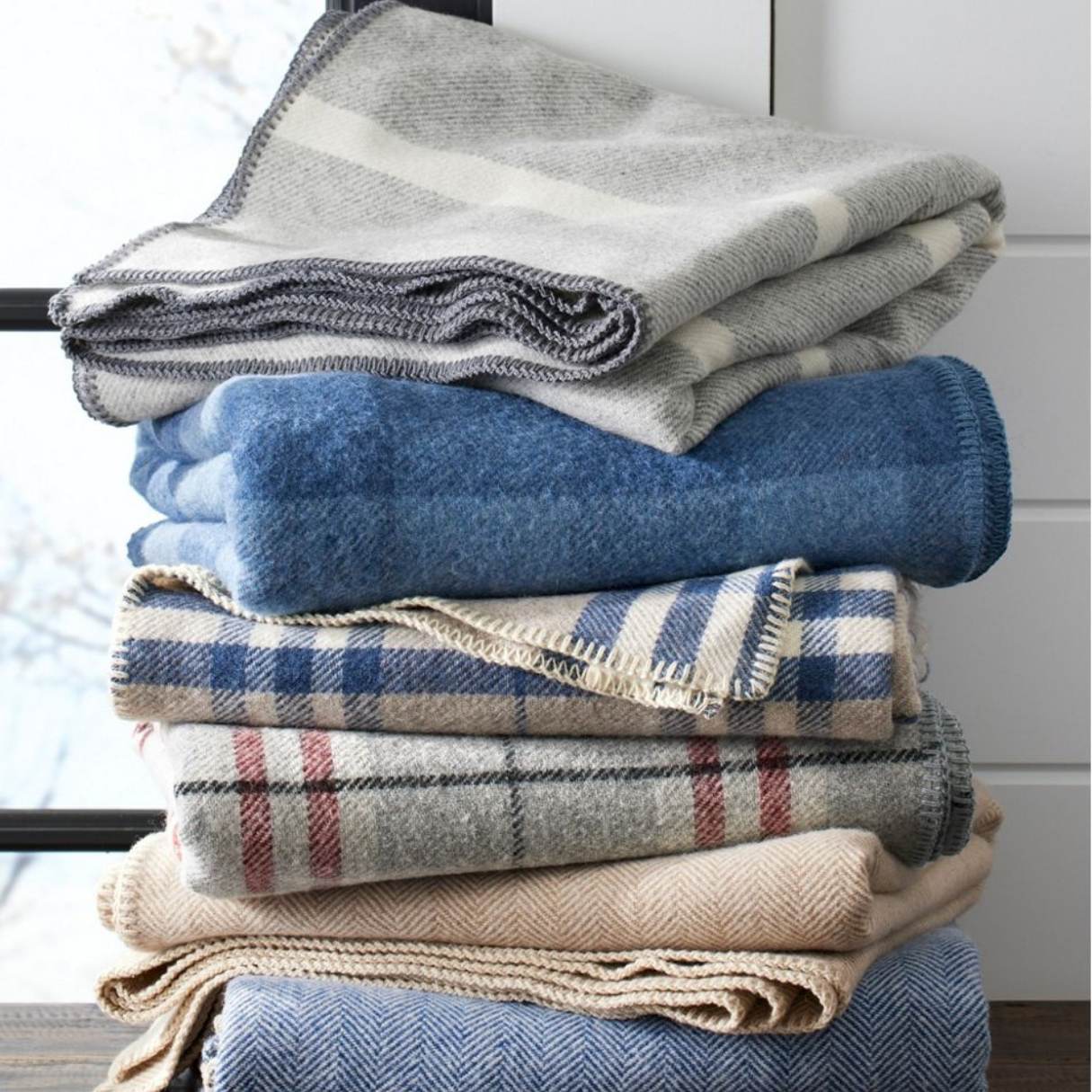
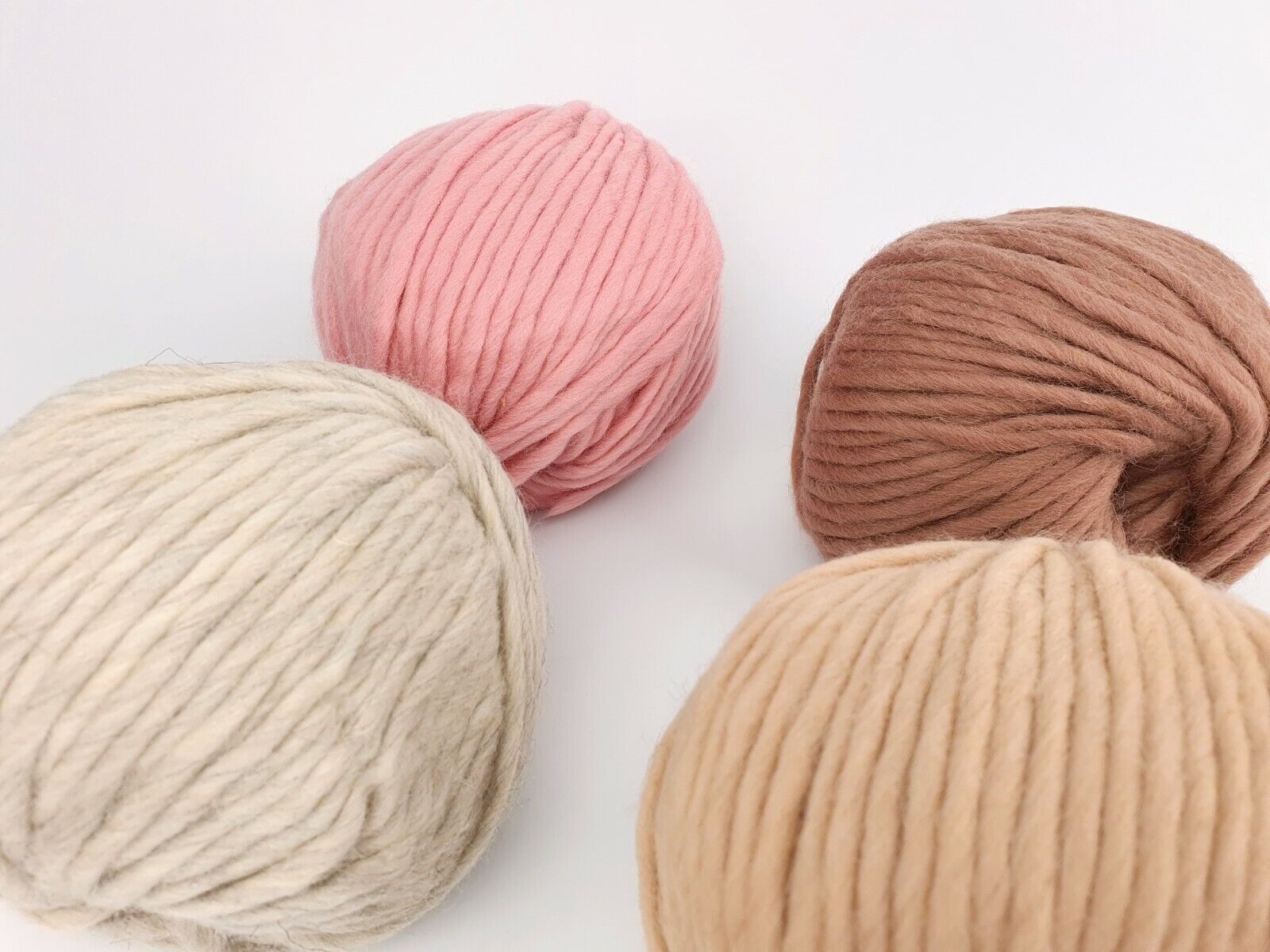
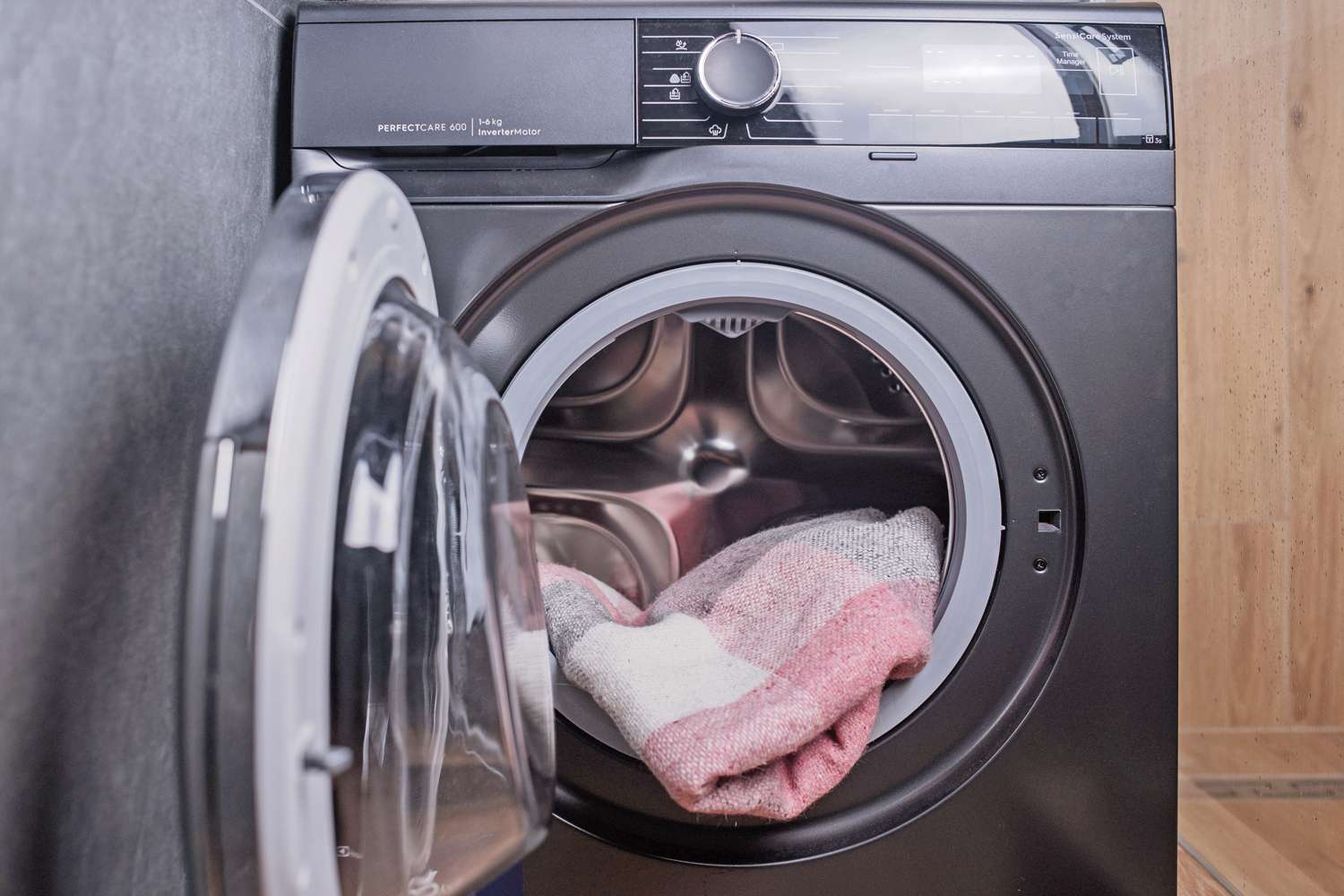


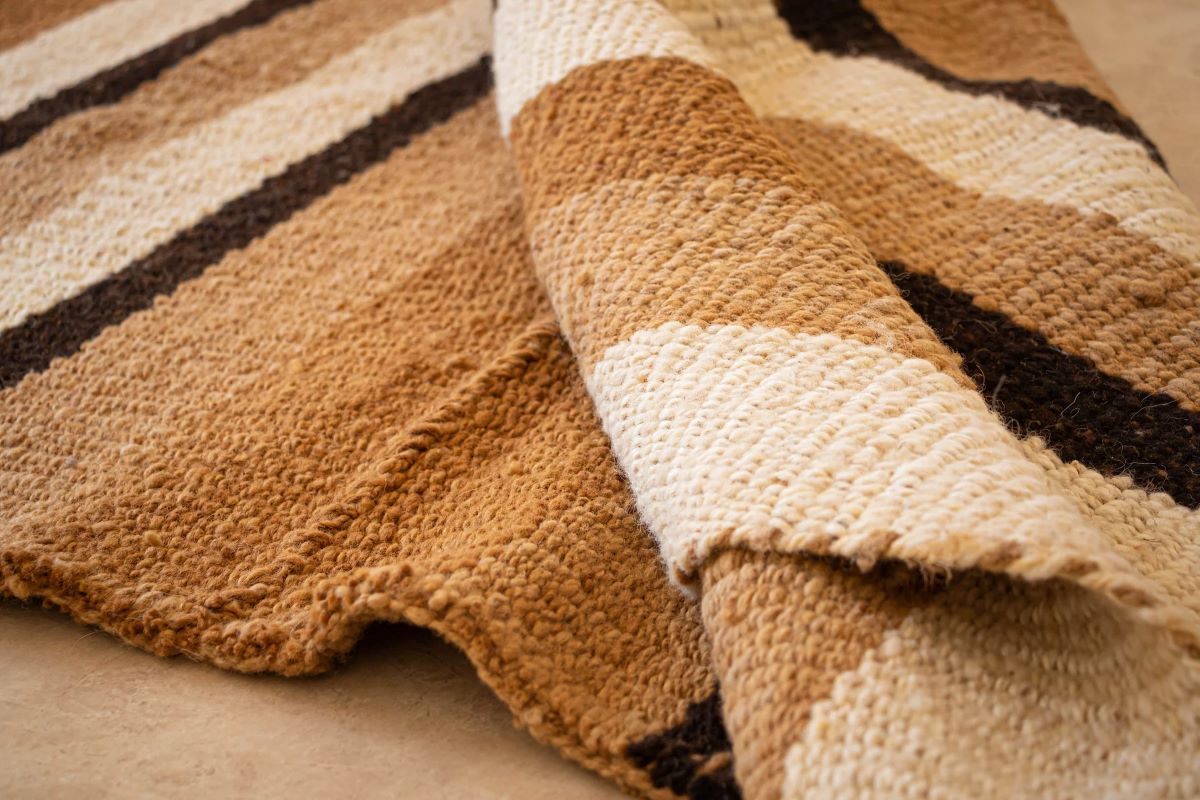



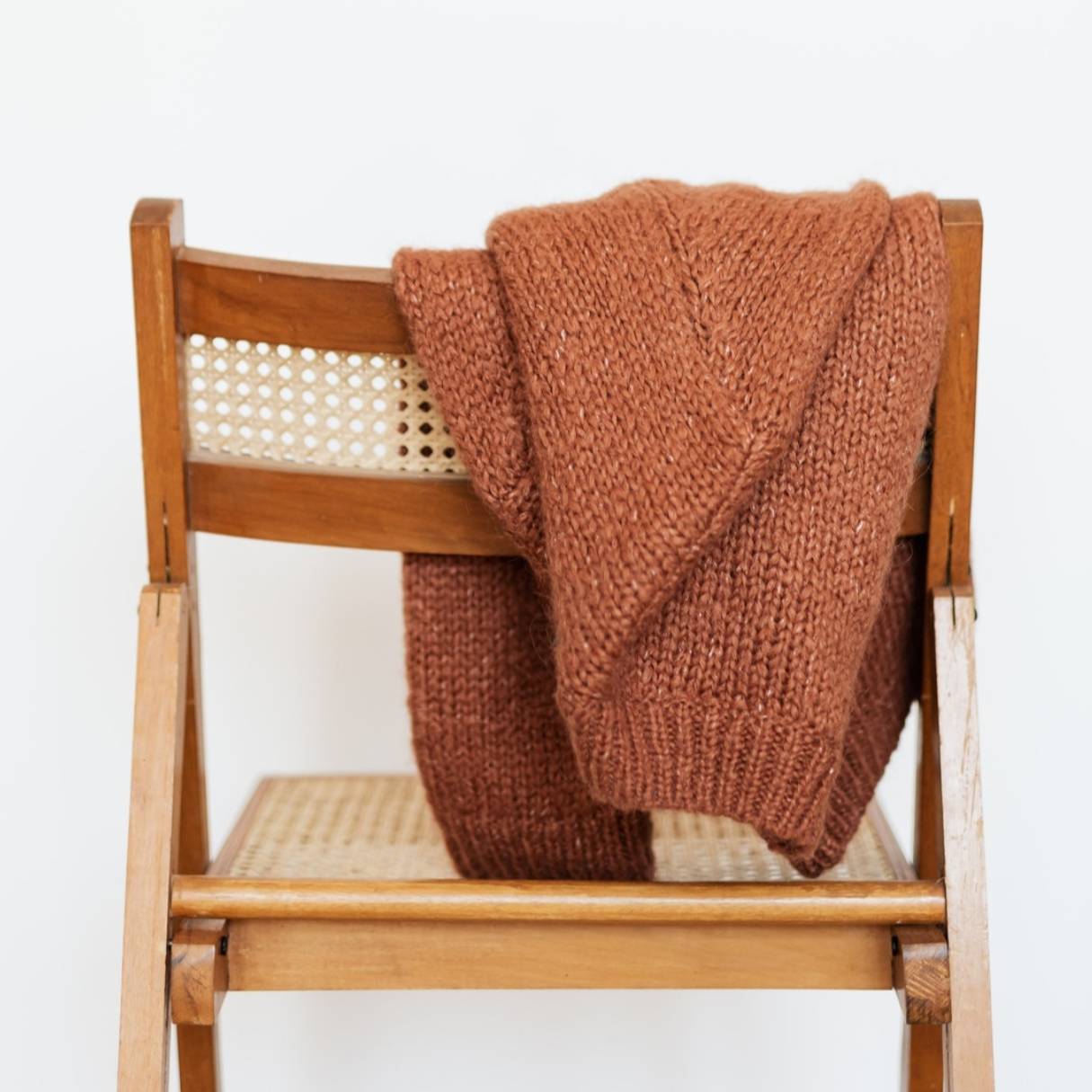
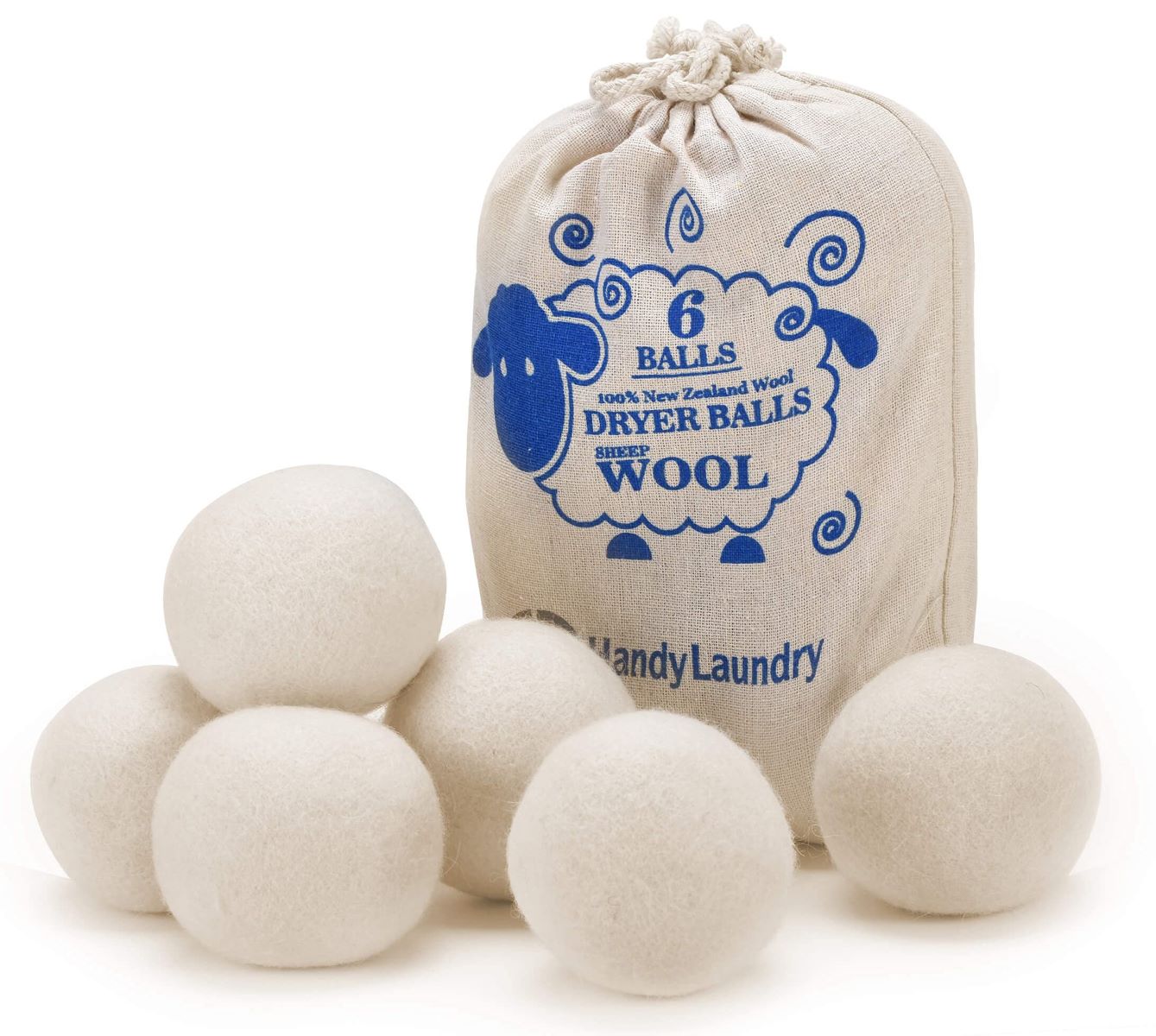




0 thoughts on “How To Store Wool Blankets”